20 California Spots Where You Can See Wildlife In Its Natural Habitat
20 California Spots Where You Can See Wildlife In Its Natural Habitat
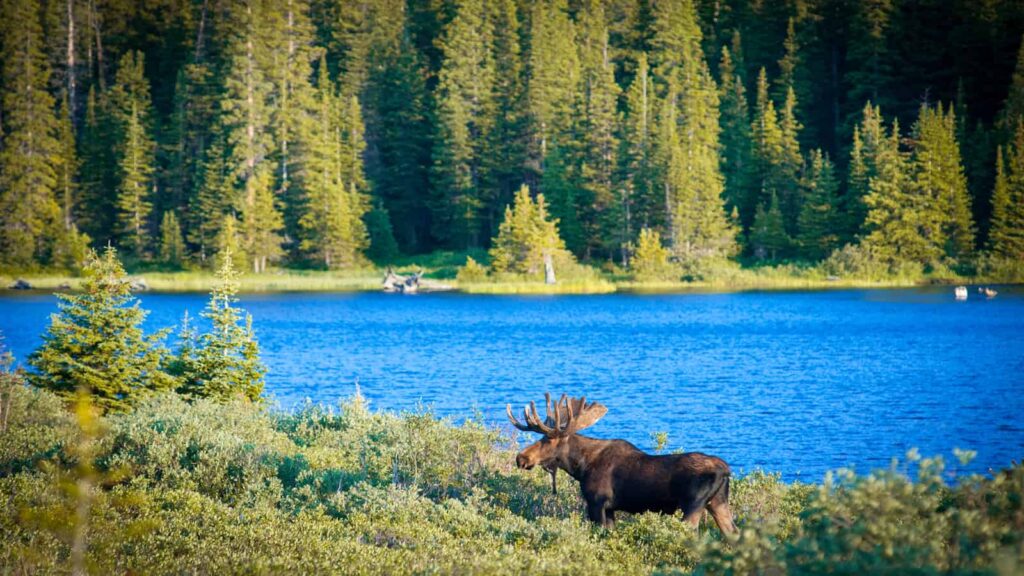
California is a wonderland for wildlife enthusiasts. From the rugged coastlines to the vast deserts and towering forests, this state offers a variety of habitats that are home to an incredible diversity of animals.
Whether you’re hoping to catch a glimpse of a majestic whale or observe the quiet movements of a deer, there’s a place in California perfect for every nature lover.
Here’s a guide to 20 places where you can see wildlife in its natural habitat, promising unforgettable experiences and the chance to reconnect with nature.
Yosemite National Park

Yosemite National Park is a spectacular venue for observing wildlife amidst some of the most breathtaking landscapes in the world. This park, renowned for its massive cliffs, waterfalls, and sequoia trees, is also home to a rich variety of animals.
Visitors might spot black bears wandering in the meadows, mule deer grazing, or bobcats prowling in the underbrush. Bird watchers will also enjoy the abundance of bird species fluttering through the trees.
Yosemite not only offers a glimpse into the world of these fascinating creatures but also provides a scenic backdrop that enhances every encounter.
Point Reyes National Seashore
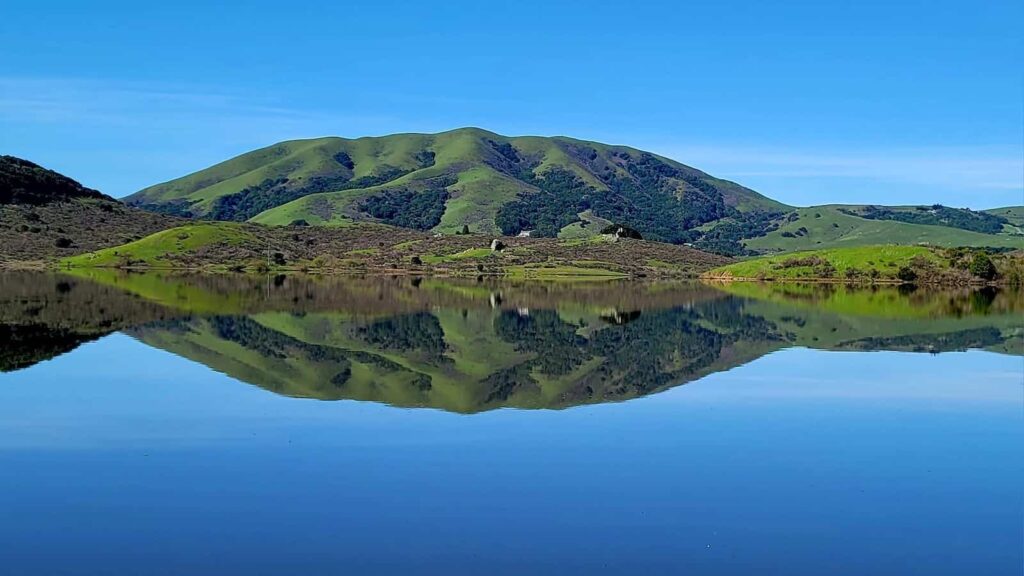
Point Reyes National Seashore offers an escape to a dramatic coastal environment where wildlife thrives. This protected area is a prime spot for viewing elephant seals basking on the beaches, gray whales breaching offshore during migration seasons, and tule elk roaming the grassy hillsides.
Bird enthusiasts will appreciate the diverse seabird populations that can be observed here. The combination of ocean, shoreline, and terrestrial ecosystems makes Point Reyes a unique place for wildlife and draws nature lovers from all over.
Anza-Borrego Desert State Park
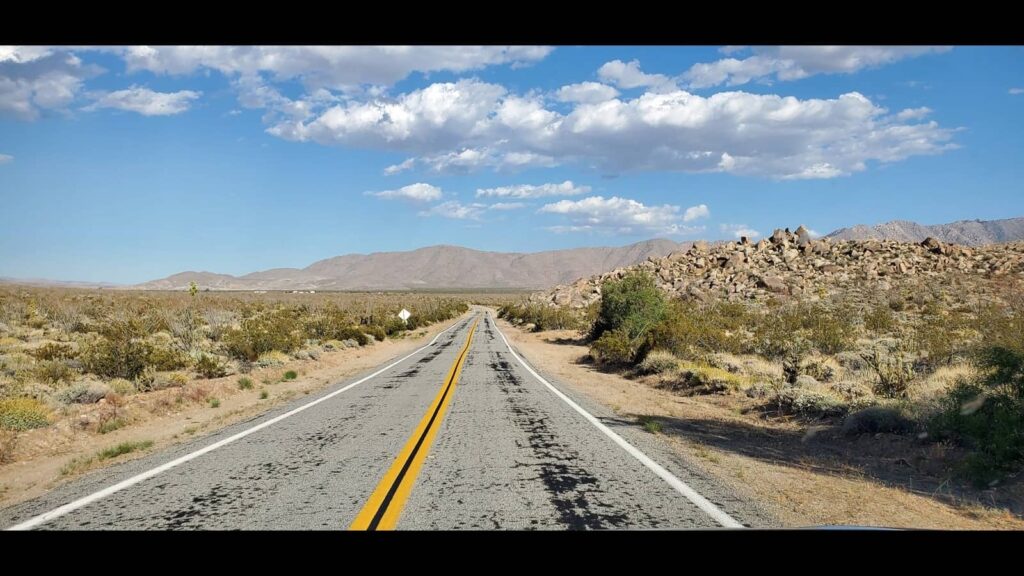
In the heart of California’s largest state park, Anza-Borrego Desert State Park, visitors can discover wildlife that has adapted to thrive in arid conditions. Here, you might see bighorn sheep navigating rocky slopes, swift kit foxes, and roadrunners dashing across the terrain.
The park’s varied reptile life adds to the allure for those fascinated by less cuddly creatures. Exploring this desert landscape offers a chance to see these animals in their natural setting, providing a stark contrast to the lush environments found elsewhere in California.
Channel Islands National Park
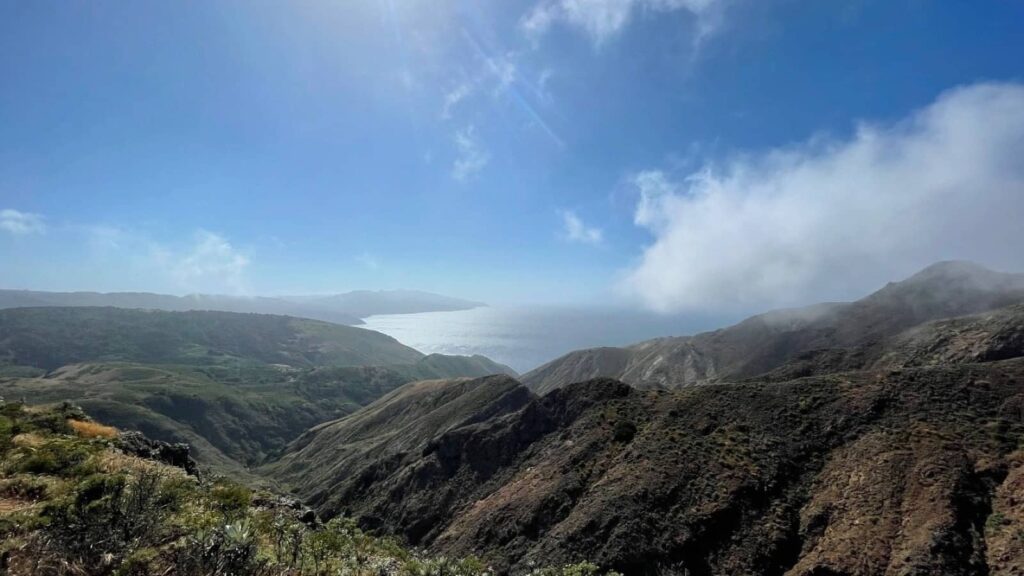
Channel Islands National Park encompasses five remarkable islands, each offering unique opportunities to observe wildlife. The isolation of these islands has led to the development of distinct ecological systems.
On your visit, look for the island fox, an adorable species not found anywhere else on Earth, or watch sea lions and various seabirds along the coastlines. These islands serve as a peaceful haven for these species and offer a serene getaway for wildlife watching.
Monterey Bay

Monterey Bay is a hotspot for marine life and one of the best places in California for whale watching. The bay’s deep underwater canyon provides perfect feeding grounds for humpback whales, orcas, and other marine giants.
Sea otters can be seen floating among the kelp beds, and harbor seals lounge on the coastal rocks. This area’s rich ocean life makes it a fascinating destination for those who are passionate about marine biology and eager to see these creatures up close.
Redwood National and State Parks
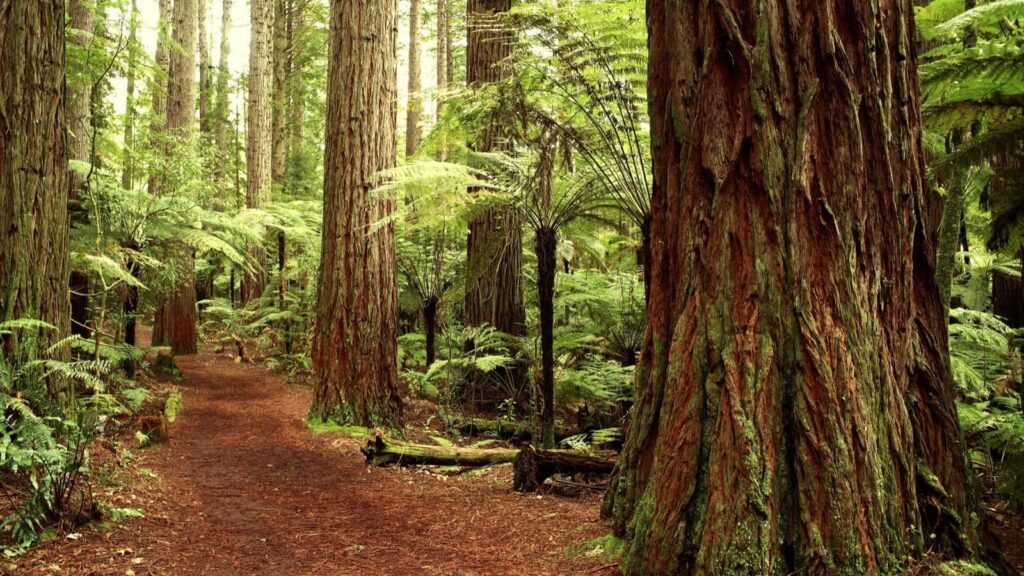
Redwood National and State Parks are not only famous for their towering redwoods but also as a refuge for various wildlife species. Roosevelt elk can often be seen in meadows, black bears roam through the forests, and marbled murrelets, a bird species, thrive in the high canopies.
The presence of these ancient trees alongside such diverse wildlife creates a primeval environment that feels both timeless and magical, offering visitors a profound connection with nature.
Joshua Tree National Park
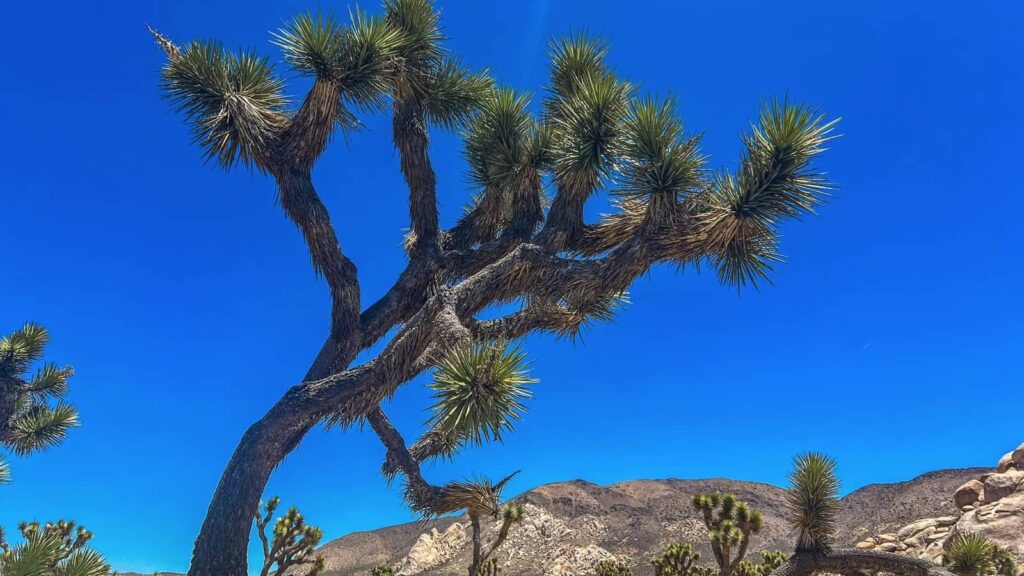
Joshua Tree National Park presents a fascinating blend of desert landscapes that are home to a variety of wildlife. Keep an eye out for desert tortoises, a species that epitomizes survival in harsh conditions, along with bighorn sheep on the rocky outcrops, and numerous species of birds and lizards.
The stark beauty of the desert, combined with the resilience of its inhabitants, makes Joshua Tree an exceptional place for wildlife observation and appreciation.
Big Sur Coastline
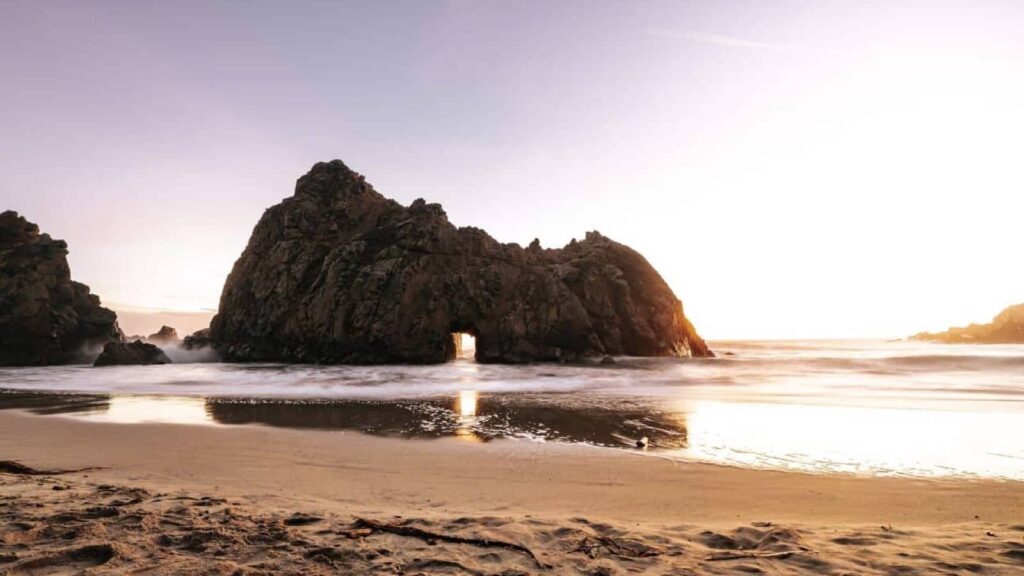
The scenic beauty of the Big Sur Coastline is legendary, and it is also a fantastic place to watch wildlife. California condors can sometimes be spotted soaring overhead, a sight that is as inspiring as it is rare.
Sea otters play in the waves, while gray whales make their migrations along the coast. The rugged cliffs and ocean vistas provide a dramatic backdrop for wildlife sightings, making Big Sur a favorite destination for those who love both nature and breathtaking scenery.
Kings Canyon and Sequoia National Parks
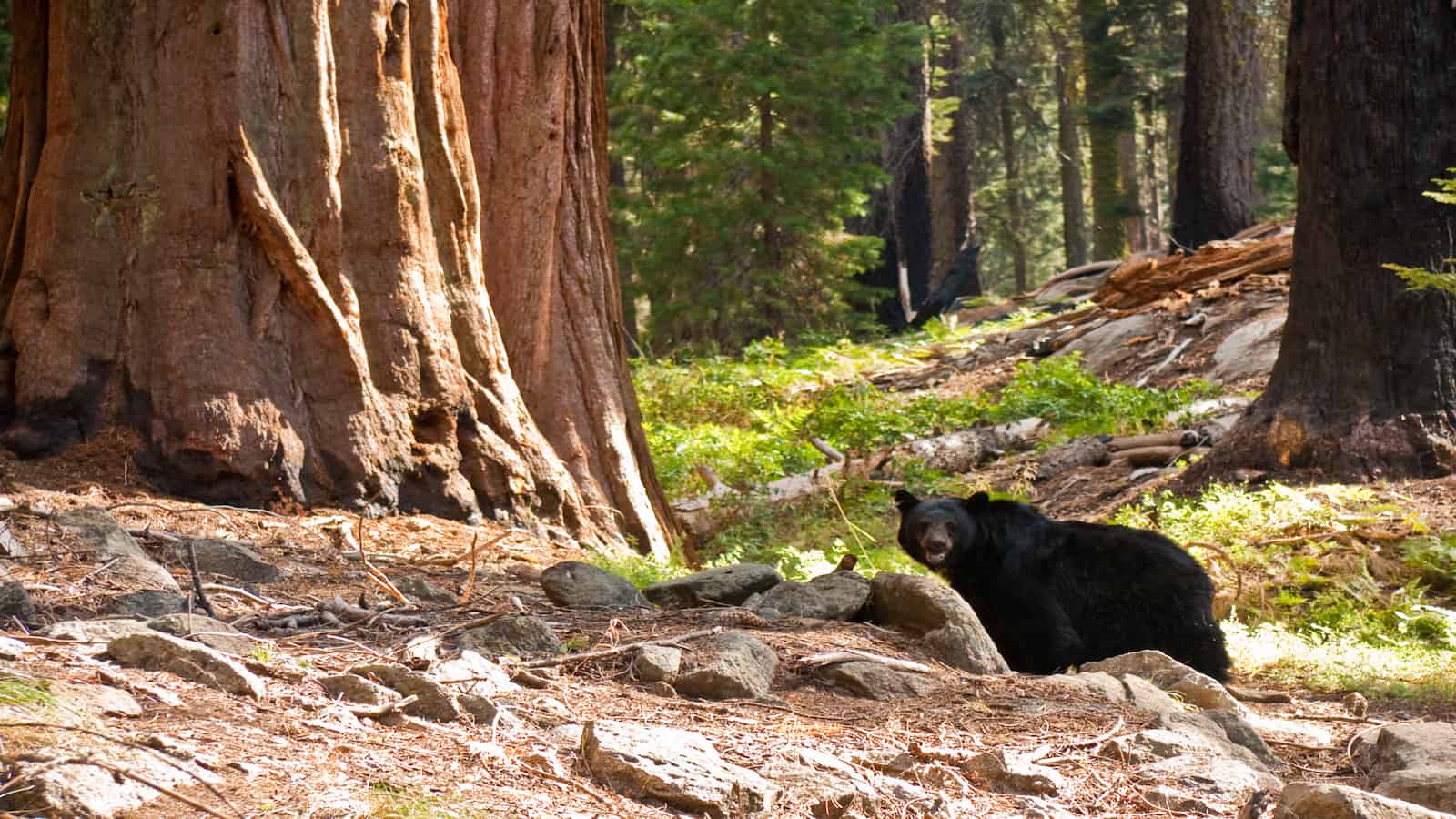
Nestled side by side, Kings Canyon and Sequoia National Parks offer lush forests and high mountain scenery that are home to an array of wildlife. These parks are a sanctuary for black bears, mule deer, and mountain lions.
Bird watchers will also find a variety of species flitting through the trees. The massive sequoias, some of the largest trees on Earth, create a majestic setting for wildlife watching and make every encounter here feel special.
Lake Tahoe Basin
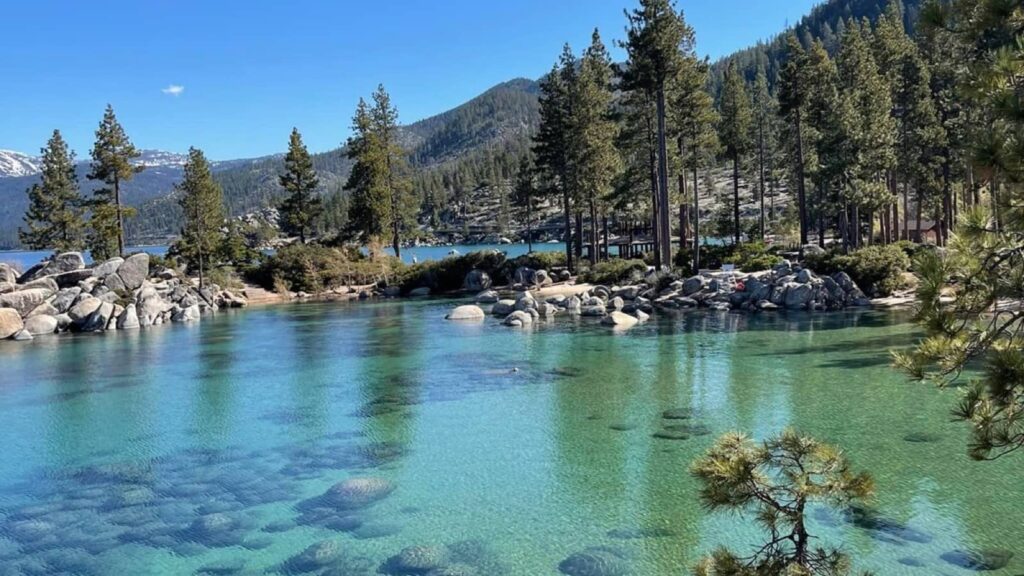
The Lake Tahoe Basin is renowned for its crystal-clear waters and stunning mountain landscapes, which support a rich array of wildlife. In this idyllic setting, you can spot black bears wandering near the shores, bald eagles soaring above, and various fish species in the lake’s depths.
The mix of aquatic and terrestrial habitats offers diverse viewing opportunities, making Lake Tahoe a popular spot for those seeking to observe wildlife in a picturesque setting.
Humboldt Bay National Wildlife Refuge
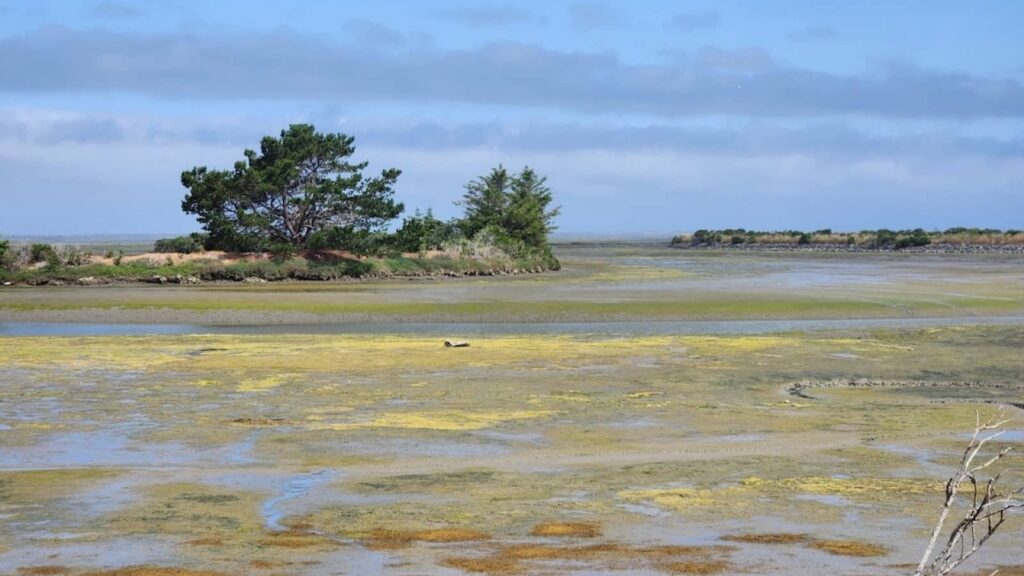
Humboldt Bay National Wildlife Refuge is a critical habitat for migratory birds, making it an excellent spot for birdwatching. The area also supports river otters and black-tailed deer.
This refuge is essential for preserving local biodiversity and offers visitors a chance to see these animals in a protected and natural environment. The peaceful surroundings and rich birdlife make it a haven for nature lovers and photographers alike.
Death Valley National Park
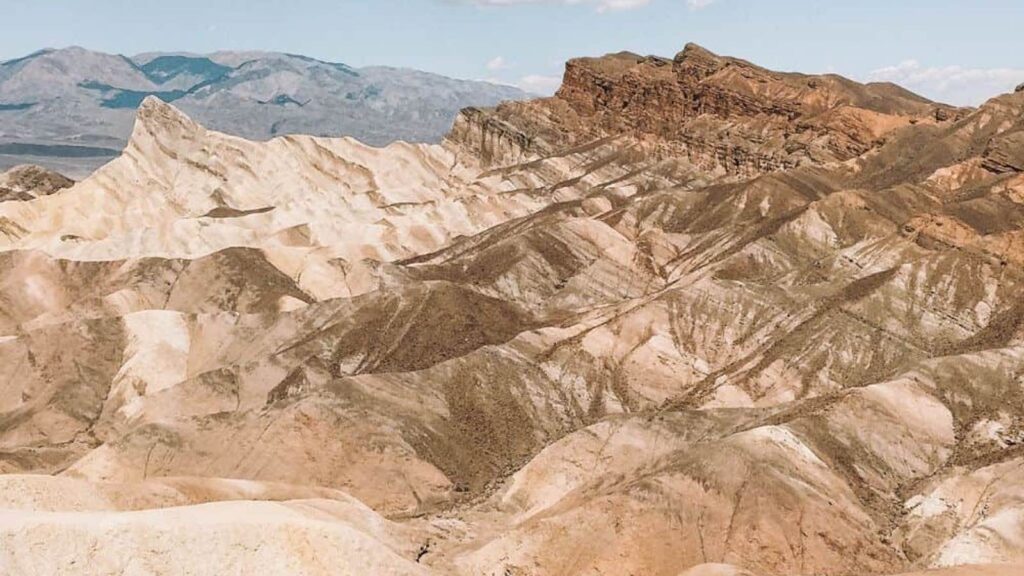
Despite its foreboding name, Death Valley National Park hosts a surprising variety of life adapted to its extreme conditions. Visitors here can find bighorn sheep on the rocky ledges, kit foxes during the cooler evening hours, and an assortment of reptiles sunning themselves. Exploring this harsh landscape offers a unique perspective on the resilience of wildlife and the varied ecosystems found in California.
Laguna Coast Wilderness Park
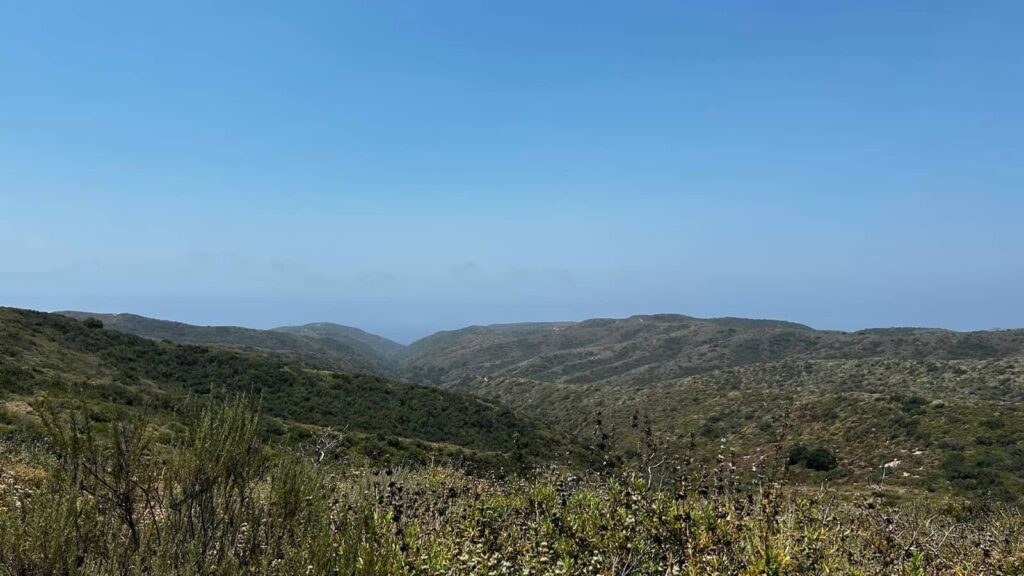
Laguna Coast Wilderness Park is a showcase for coastal sage scrub habitat, which supports a variety of wildlife. Hikers might catch glimpses of bobcats, deer, and numerous bird species.
The park’s proximity to urban areas makes it a valuable escape to nature for city dwellers, offering easy access to the serenity of the natural world and the chance to observe these creatures in their natural environment.
Pinnacles National Park
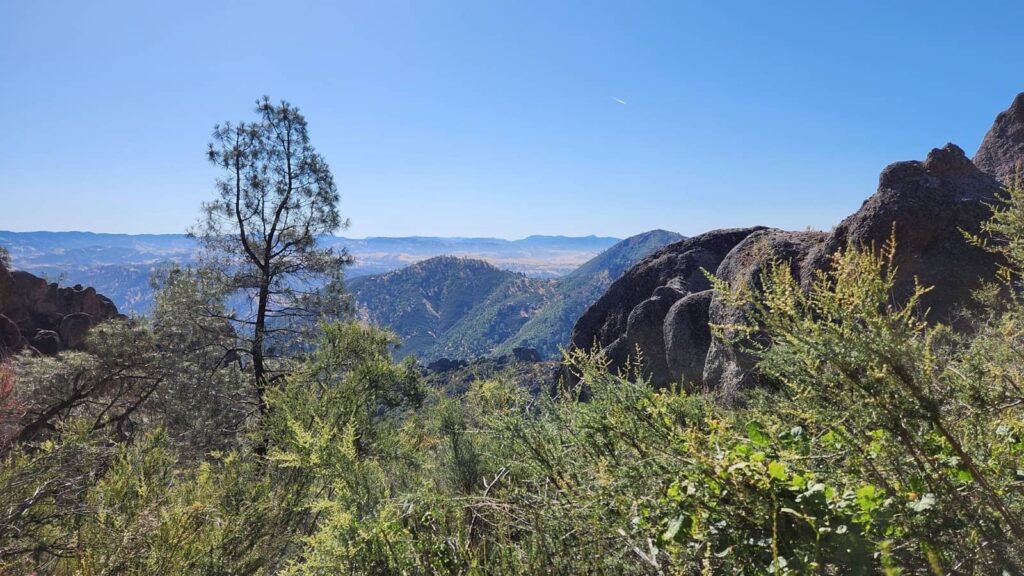
Pinnacles National Park is known for its dramatic rock formations and caves, which provide a unique habitat for wildlife. The park is a release site for California condors, giving visitors a rare opportunity to see these magnificent birds.
Additionally, the park’s caves support bats and the occasional sighting of tarantulas, adding a touch of the exotic to the wildlife viewing experience.
Elkhorn Slough
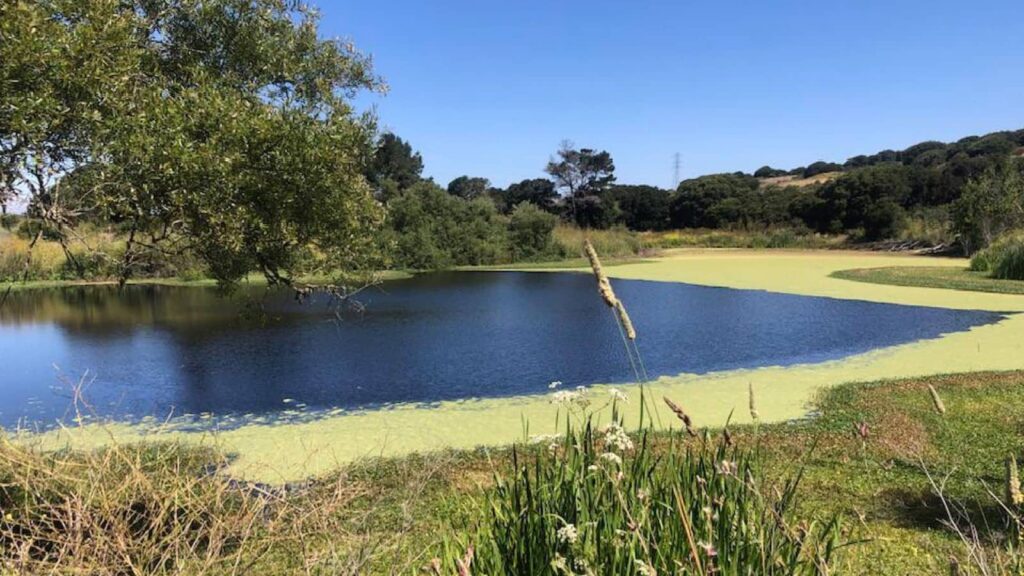
Situated along the Central California coast, Elkhorn Slough is one of the premier birdwatching locations in the state, known especially for its concentrations of sea otters and seals.
This estuarine reserve teems with life and provides excellent opportunities for viewing a variety of marine and bird life in a relatively compact area, making it an accessible and rewarding destination for wildlife enthusiasts.
Morro Bay State Park
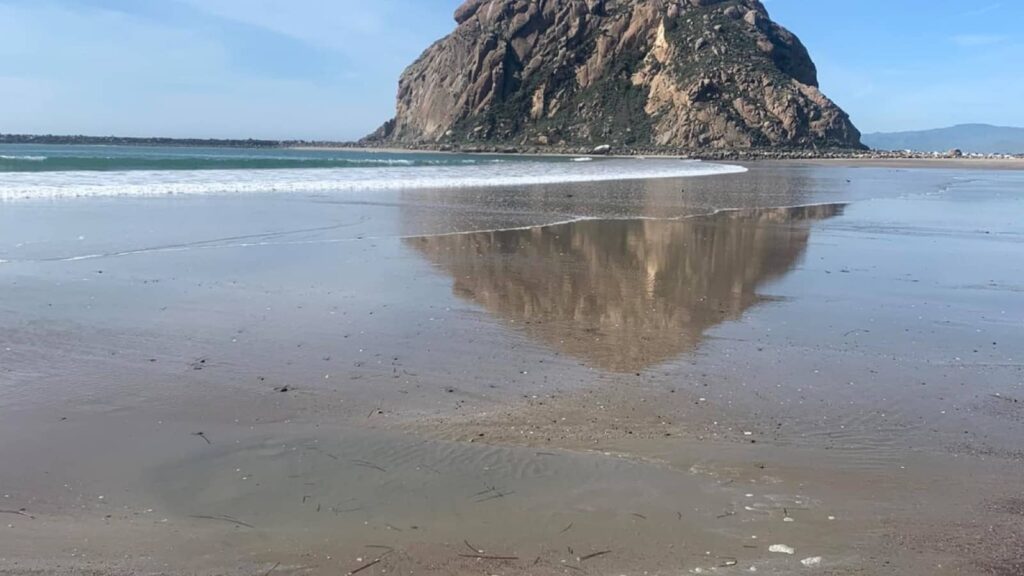
Morro Bay State Park offers a diverse range of marine and bird life. Visitors can enjoy sightings of sea otters and herons among other marine animals.
The park’s estuary is a vital ecological habitat, making it an intriguing place for nature observation and education. The combination of marine and terrestrial life forms a dynamic ecosystem where there is always something new to discover.
Cabrillo National Monument
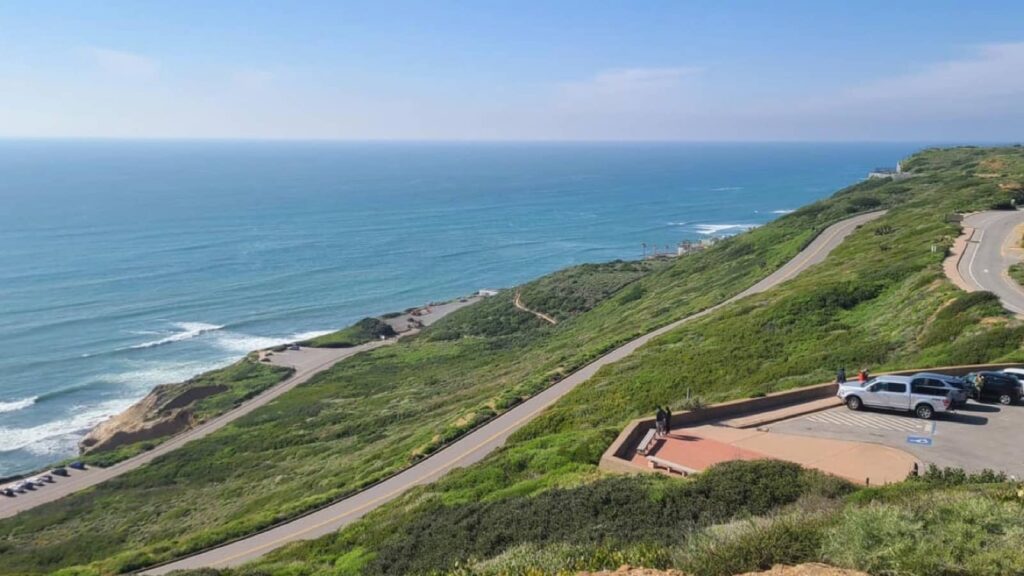
Located in San Diego, Cabrillo National Monument provides panoramic views of the Pacific Ocean and is a fantastic place to watch migrating whales and explore tide pools that teem with marine life. The area’s diverse bird species add to its natural appeal, making it a popular destination for those looking to experience the richness of California’s coastal ecosystems.
Mendocino Coast
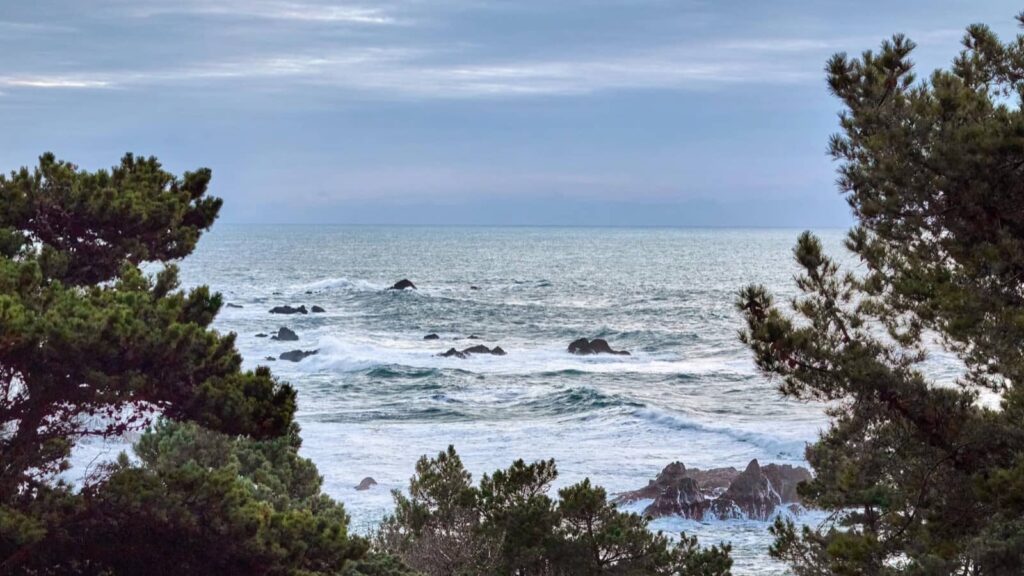
The Mendocino Coast, with its rocky shores and forested areas, is ideal for spotting gray whales, sea lions, and a variety of birds.
This part of California offers a more remote and rugged beauty, where the wildlife seems as untamed as the landscape itself. It’s a perfect setting for a quiet wildlife watching adventure away from the crowds.
Santa Cruz Mountains

The Santa Cruz Mountains offer a forested retreat with opportunities to see mountain lions, bobcats, and red-legged frogs among other species.
This region provides a critical habitat for these creatures and serves as a green corridor for wildlife moving through the area. The lush surroundings and relatively undisturbed habitats make it a prime spot for wildlife observation and study.
Salton Sea
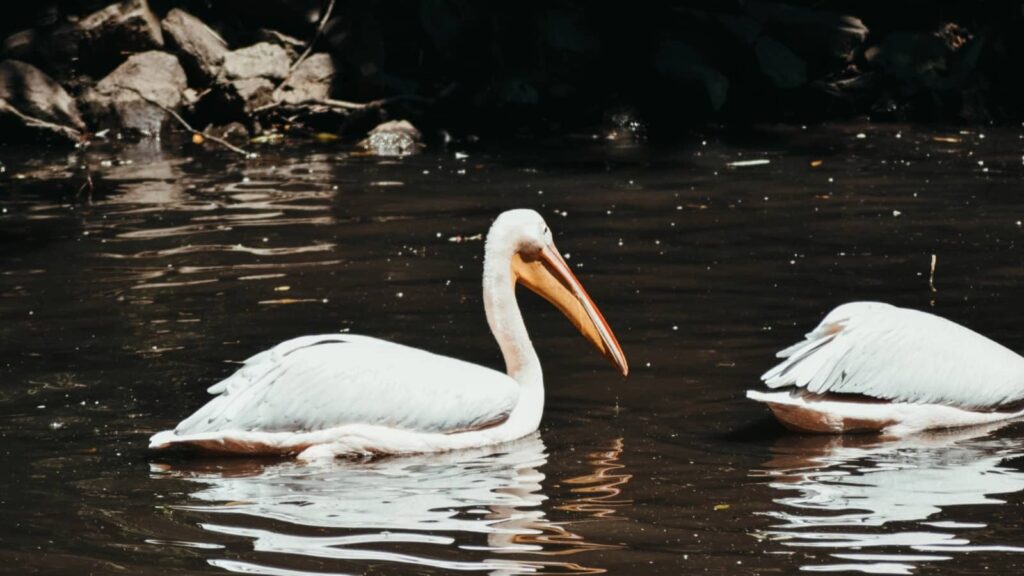
The Salton Sea is an important stopover for migratory birds such as pelicans, cormorants, and herons. Despite environmental challenges, the area remains a significant birding destination.
Observing these birds in such numbers offers a unique wildlife experience and underscores the importance of conservation efforts for these migratory populations.
14 Reasons Why Americans Don’t Like California Anymore

14 Reasons Why Americans Don’t Like California Anymore
18 Surprising Facts About California You Didn’t Know
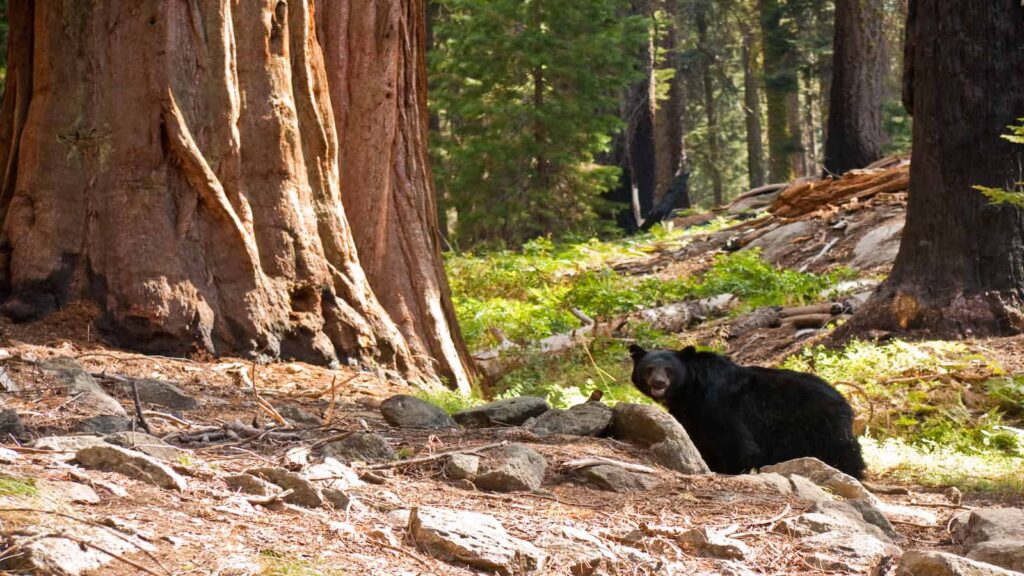
18 Surprising Facts About California You Didn’t Know
We are Mary and Eric, the founders of Be Right Back, a blog dedicated to romance around the globe and at home.
We are Mary and Eric, the founders of Be Right Back, a blog dedicated to romance around the globe and at home. With over 10 years of experience in dating and traveling to romantic places, we share our favorite date ideas and romantic destinations to help couples level up their relationships. Having lived in and traveled through the USA, we also share our favourite things to do in the States.
With 70,000 monthly readers and 16,000 followers on social media, Be Right Back is your go-to resource for romantic trip ideas and couple activities at home and abroad.
